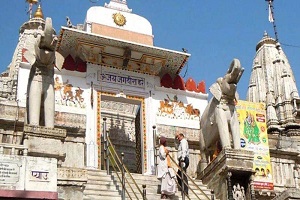| Session | 2024-25 |
| Year | 5th year Students |
| Date | 17th to 21st July, 2024 |
| Semester | Semester |
| Faculty coordinator | Prof. Sarojini Lahot and Prof. Suvarna Thakare |
| No. of Students | 40. nos |
| Tour Operator | Pintel |
Aim of the Visit:
The aim of the site visit was to provide students with a comprehensive understanding of the practical aspects of urban design and architecture by exploring the Central Business District (CBD) redevelopment, urban design guidelines, site context, and user needs.
Objectives:
- To enable students to learn from real-world examples and apply these insights to their project
- To learn about the integration of social and cultural elements in urban design.
- To study the accessibility and inclusivity features in public spaces
- To study the role of architects and urban designers in developing high-tech urban areas.
- To understand block development.
- To explore the cultural and social aspects of urban spaces.
Introduction:
The 5th year B.Arch. students are engaged in a project to reimagine the Central Business District (CBD) in their Architecture Design (AD) studio, and in their Allied Design – Urban Design course, they will delve into master planning, the public realm, and various urban design theories and guidelines formation to support their AD project. To aid them in their studies, a comprehensive three-day site visit was organized to Gandhinagar, GIFT City, and Udaipur.
Gandhinagar, the capital of Gujarat, is known for its meticulous planning and extensive green spaces, offering a unique blend of modernity and tradition as a planned city. Gujarat International Finance Tec-City (GIFT City), located 13.7 km from Gandhinagar, is India’s first operational smart city and international financial services centre. It epitomizes modern urban planning by integrating advanced technology, sustainable practices, and innovative urban design concepts, serving as a model for high-tech urban development and the future of urban living and financial services infrastructure.
Udaipur, often called the “City of Lakes,” is renowned for its historical and cultural heritage. It features majestic palaces, serene lakes, and vibrant market streets, providing a rich context for exploring historical and cultural influences on urban design.
This meticulously planned visit aimed to provide students with practical insights and real-world examples that align with their academic projects, enabling them to observe and analyze various urban design and architectural principles in diverse contexts.
Details of the visit:
The students were on a site visit from July 17th to July 20th, 2024. On the night of July 17th, they boarded the Gandhigram train from Dadar at 10:40 PM and arrived in Ahmedabad at 5:30 AM the next morning, then took a bus to Gandhinagar. For the next three days, they traveled extensively by bus, visiting various sites. On July 19th, they departed Udaipur by bus and arrived at Ahmedabad station at 4:00 AM on July 20th. From there, they took the Karnavati Express chair car train, arriving at Mumbai Central at 12:30 PM on July 20th, 2024.
Day 1: 18th July 2024: Gandhinagar
The students began their site visit in Gandhinagar, a meticulously planned city known for its orderly layout and extensive green spaces. The first stop was Vidhan Sabha, where students observed the architectural design and how it complements the political significance of the building. At Gandhi Ashram, the focus was on the historical and cultural context, understanding how the space is designed to reflect Gandhian principles. The visit to the Blind School provided insights into how educational spaces can be designed to be inclusive and accessible. Lastly, Tarang Pavilion showcased recreational architecture and its role in community engagement. Overall, students gained a holistic understanding of the planning and design principles that govern a planned city like Gandhinagar.
- Gujrat Vidhan Sabha
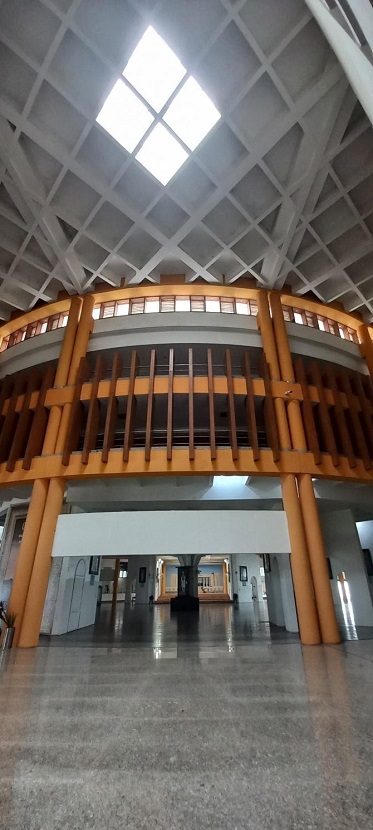
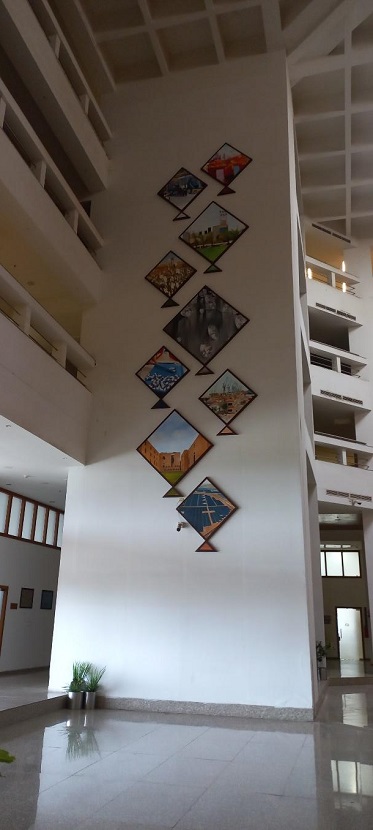
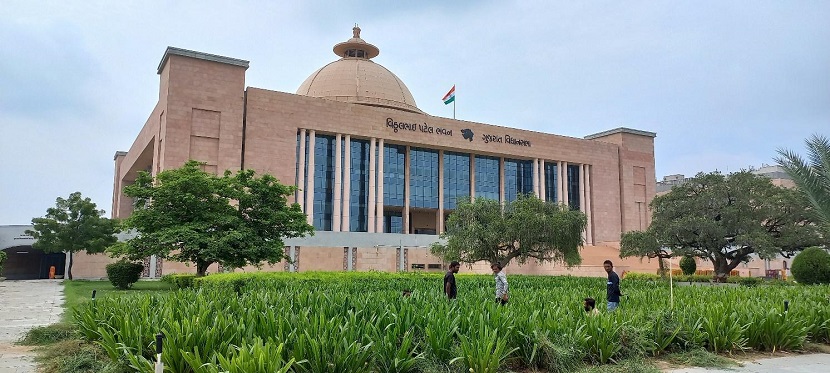
- Gandhi Kutir
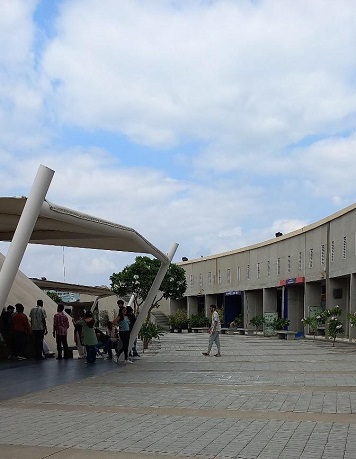
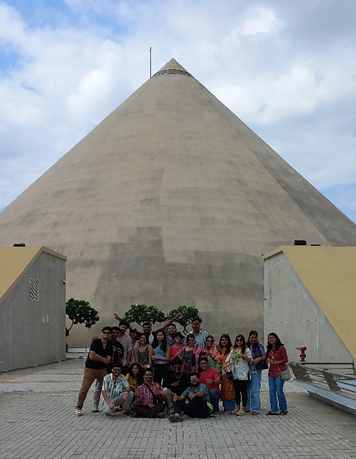
- Blind School
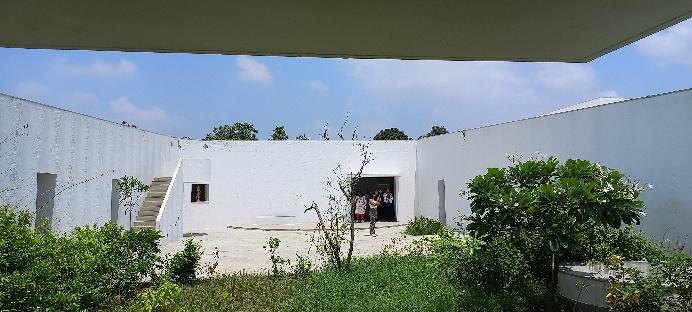
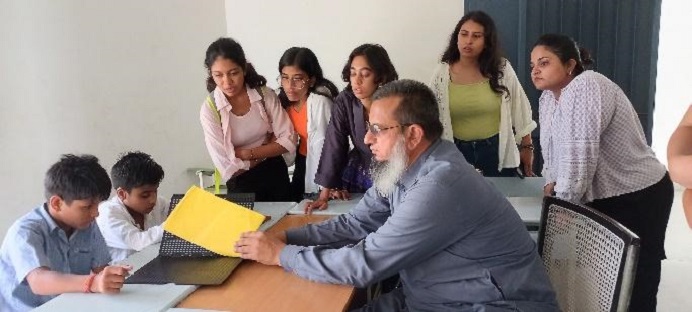
- Tarang Pavilion
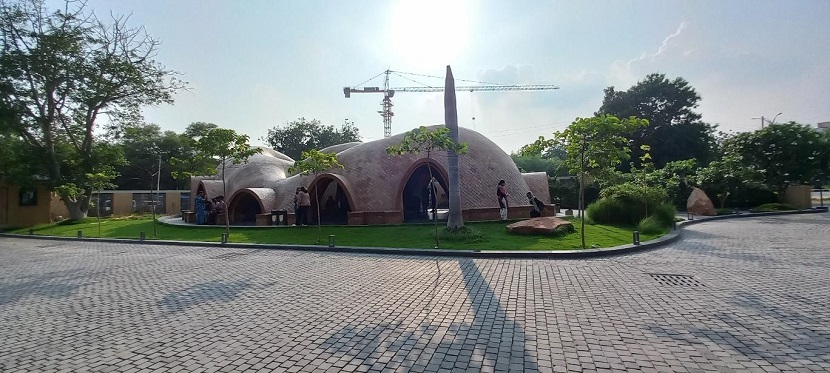

Day 2: 19th July 2024: GIFT City
The second day took the students to GIFT City, located 13.7 km from Gandhinagar. As India’s first operational smart city and international financial services centre, GIFT City provided a stark contrast to the planned city of Gandhinagar. Here, students learned about the innovative urban design concepts and the planning aspects that cater to high-tech infrastructure. The focus was on block development, sustainability, and smart city technologies. The students observed the implementation of these technologies on the ground and understood the role of architects and urban designers in creating such advanced urban environments. The visit highlighted the importance of integrating technology with urban planning to create efficient and futuristic urban spaces.
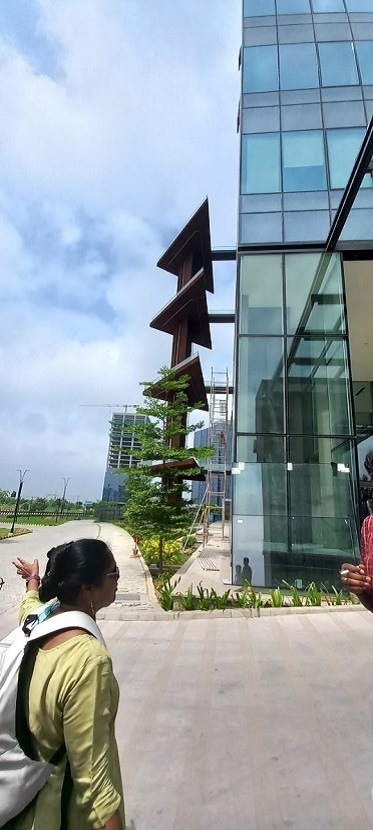
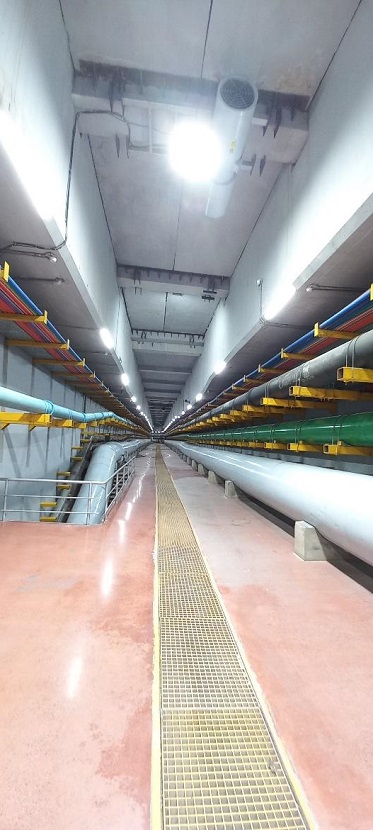
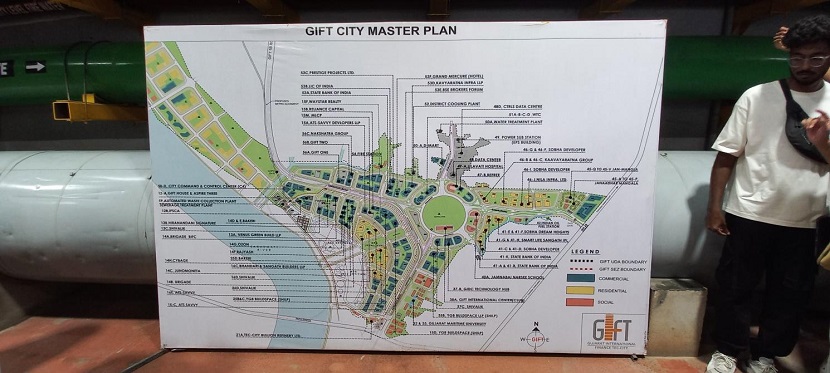
Day 3: 20th July: Udaipur
The final day of the site visit was spent in Udaipur, renowned for its historical and cultural heritage. The visit began at City Palace, where students marveled at the intricate architectural details and the grandeur of Rajasthani architecture. Lake Pichola provided a scenic backdrop to discuss the interplay between natural and built environments. Shilpagram, a rural arts and crafts complex, offered insights into the vernacular architecture and the importance of preserving traditional building techniques. The exploration of various local market streets allowed students to observe the vibrant street life and understand the social dynamics of urban spaces. This visit emphasized the significance of cultural heritage in shaping urban design and architecture.
- City Place
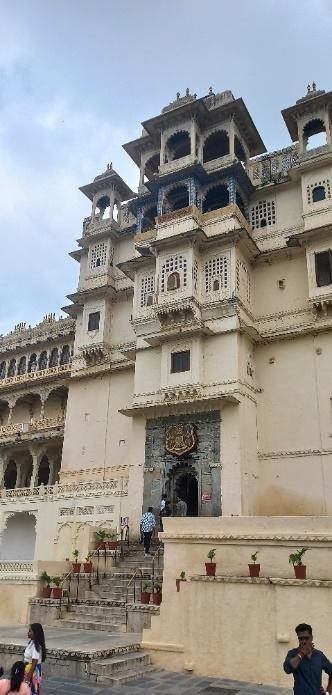
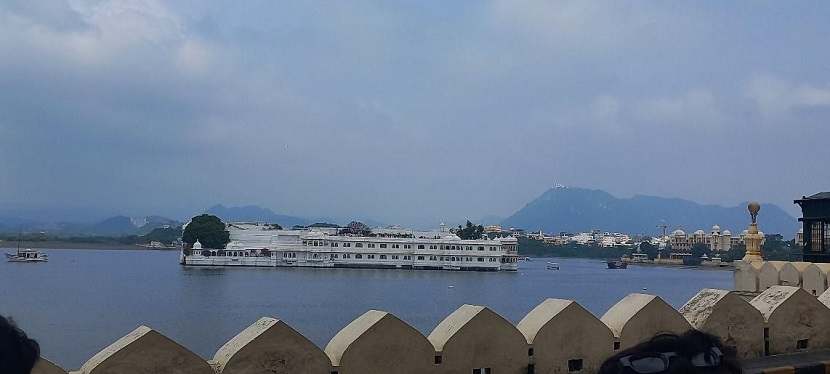
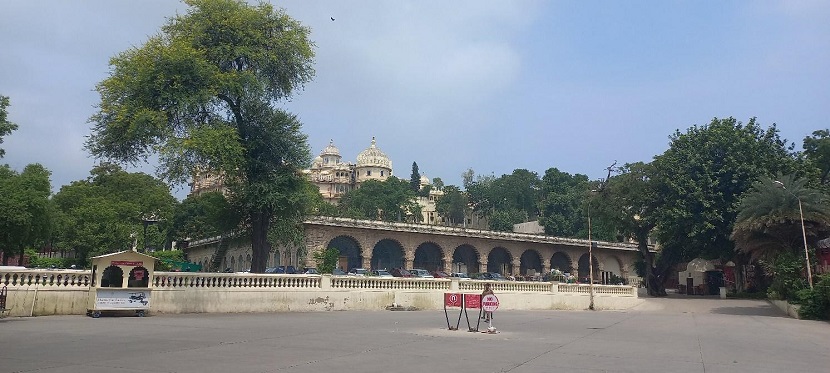
- Jagdish Temple / Panchayatan Temple
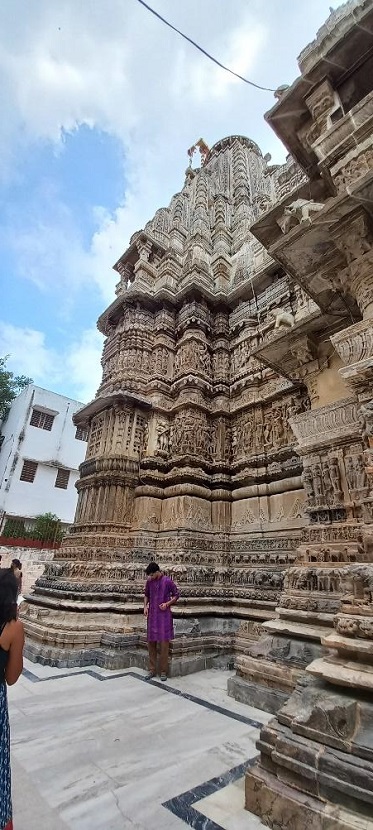
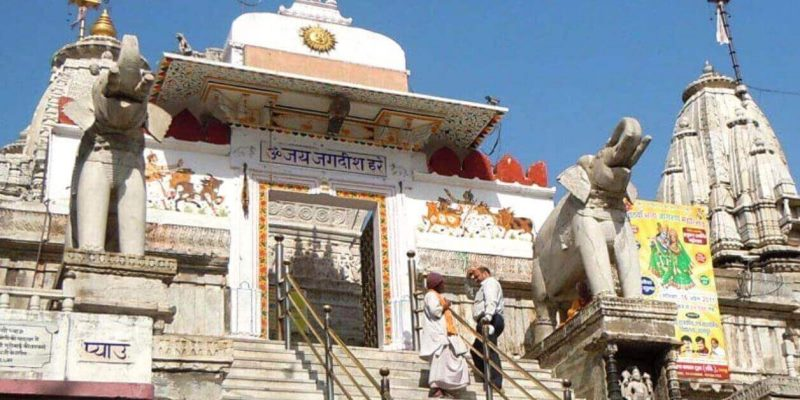
- Chitrakutir
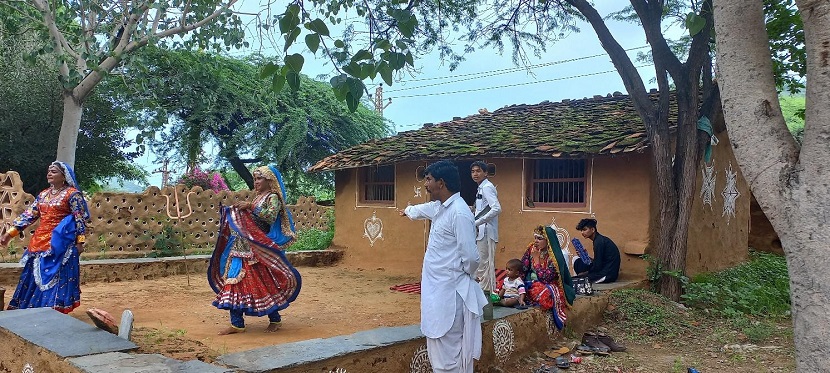
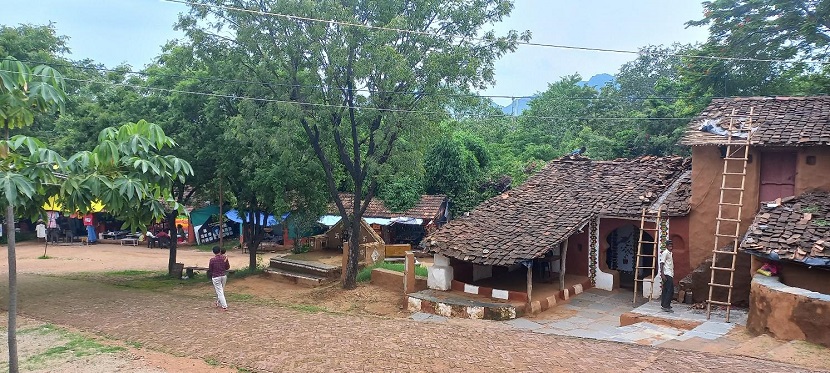
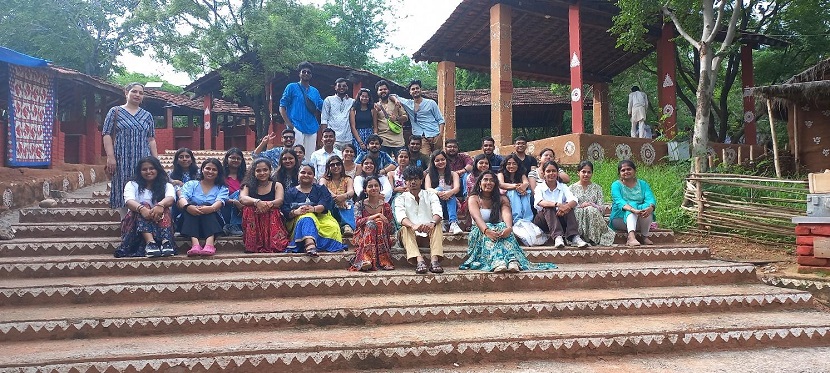
Outcome & Learnings
The three-day site visit was an invaluable experience for the students, offering them a diverse perspective on urban design and architecture. From the planned city of Gandhinagar to the high-tech urban development of GIFT City and the historical richness of Udaipur, the students gained a comprehensive understanding of various architectural and urban design principles. This knowledge will significantly aid them in their Architecture Design projects, particularly in the redevelopment of Central Business Districts.

